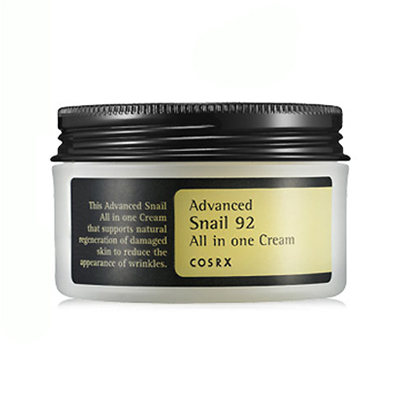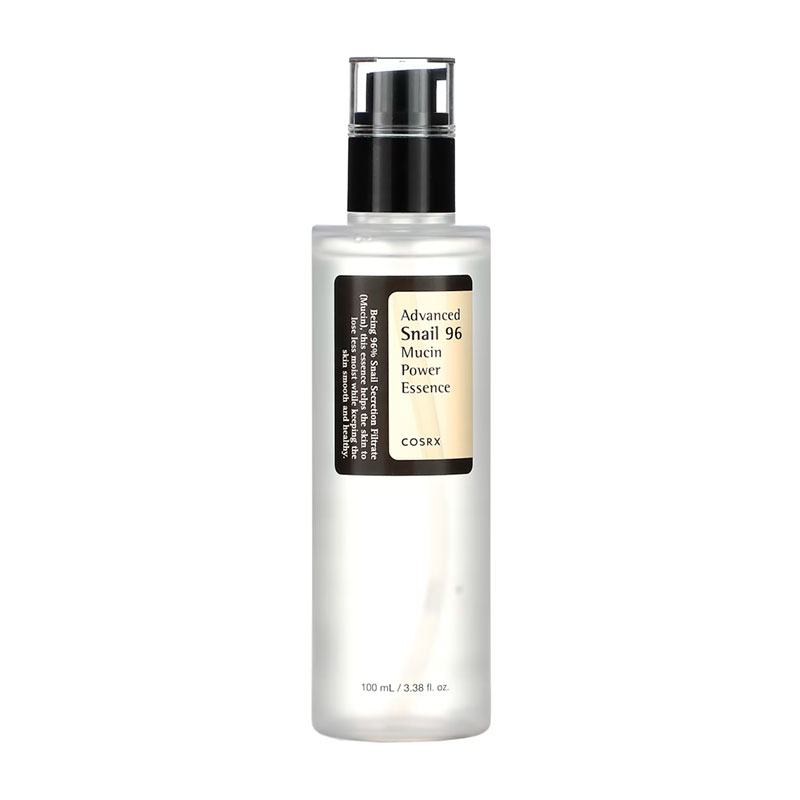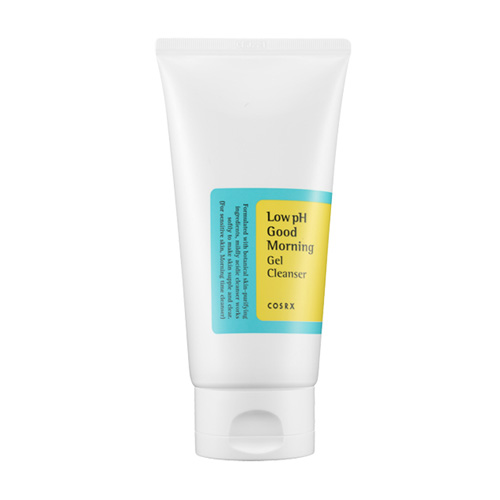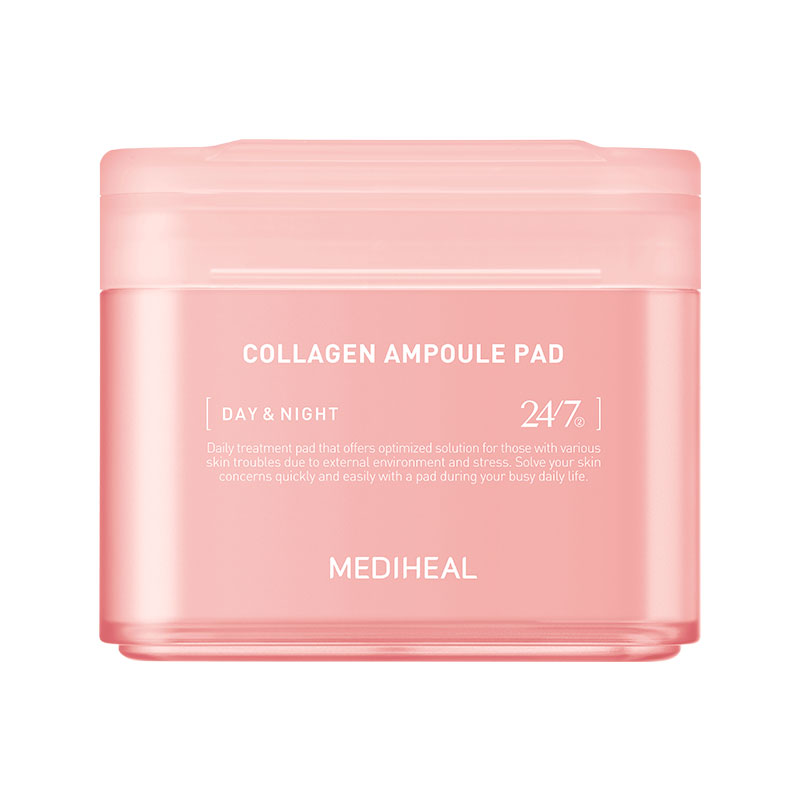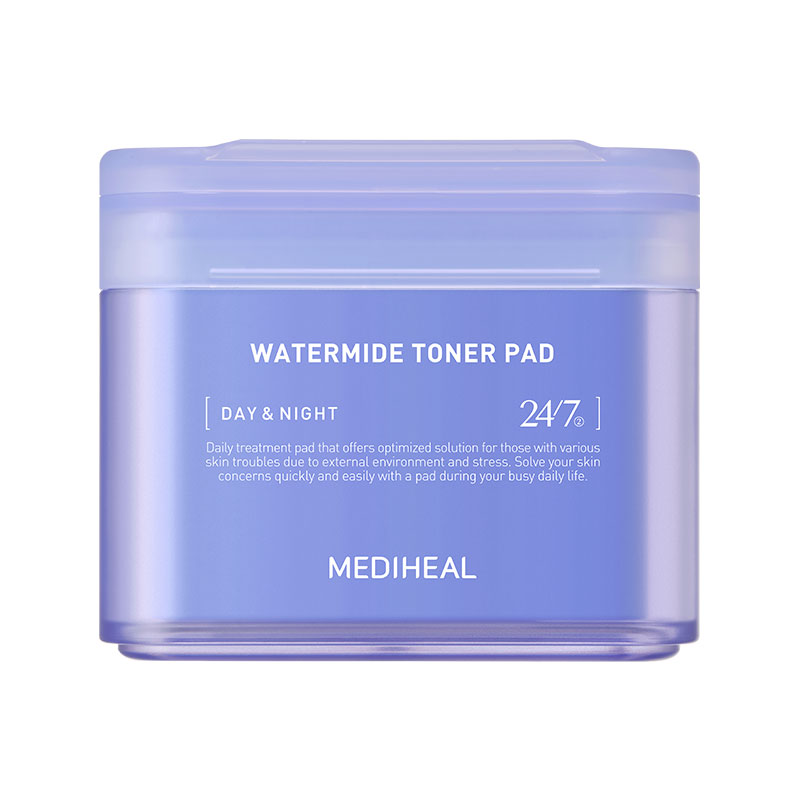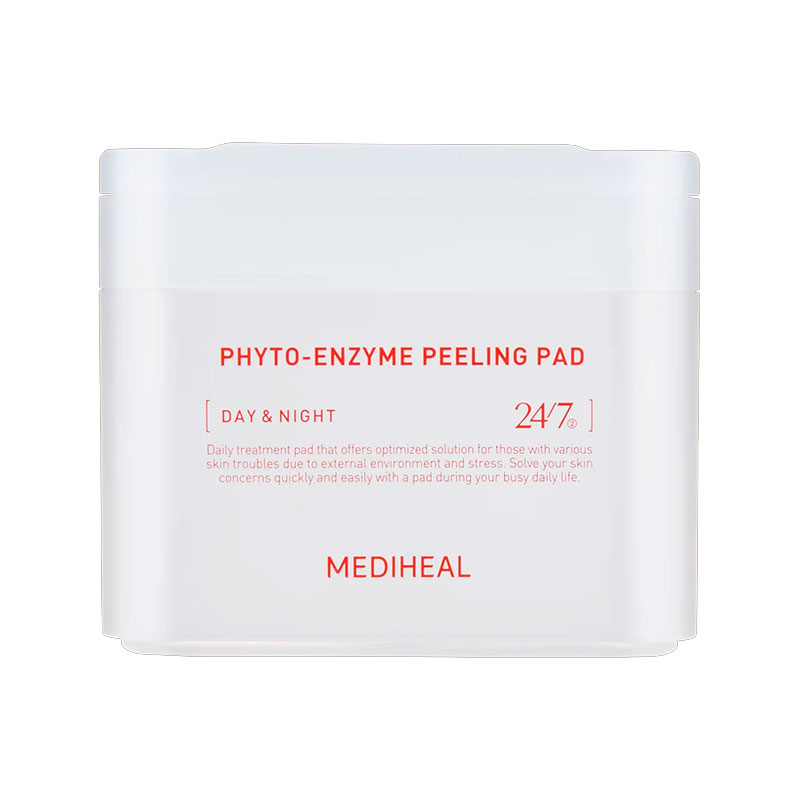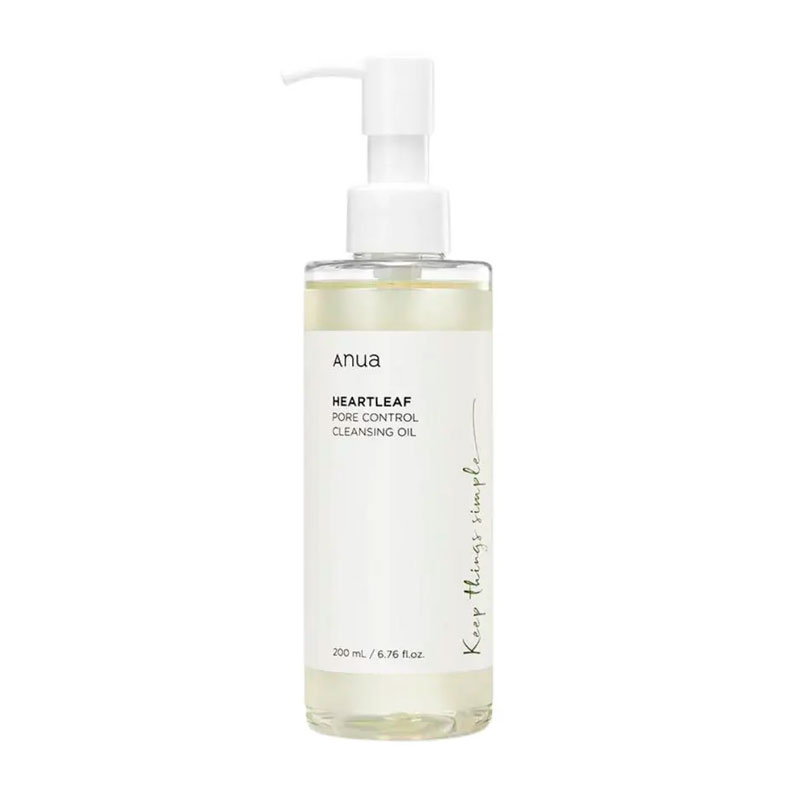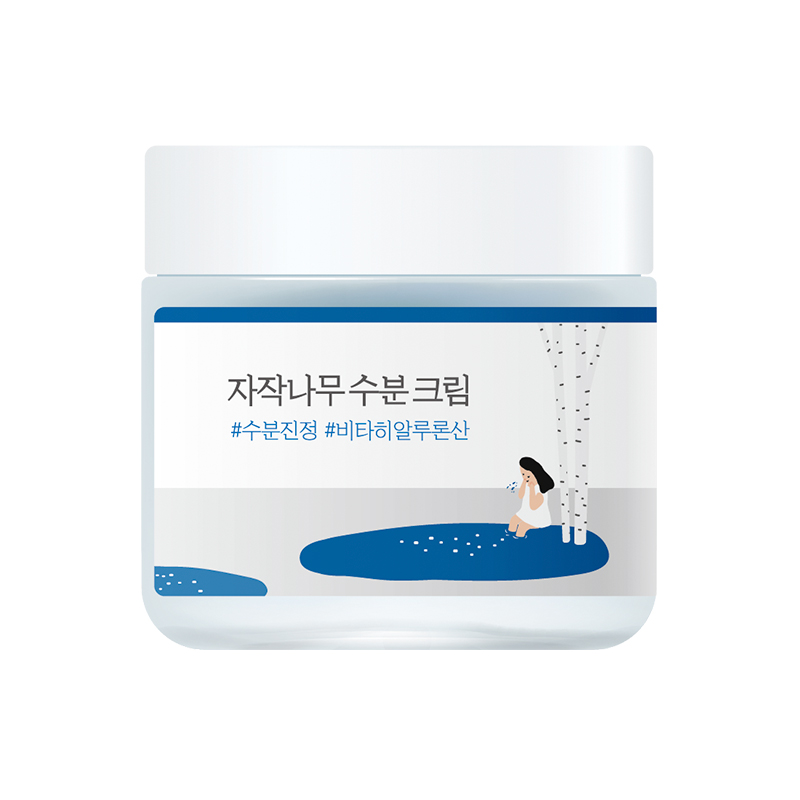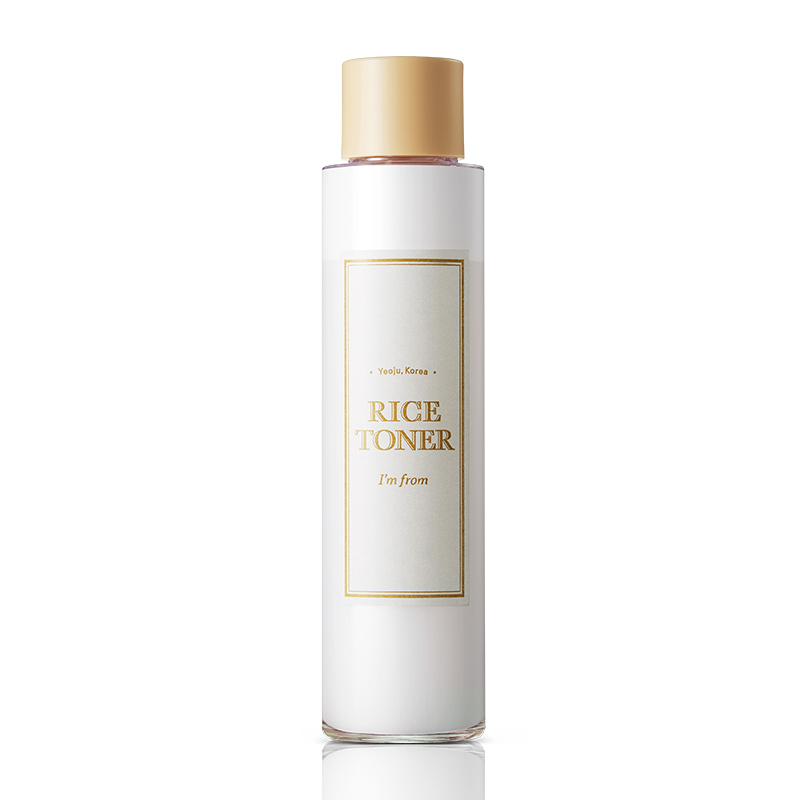We Asked a Dermatologist the Hard Questions About K-Beauty—Here’s What She Said
Written by Emma Rousseau | Updated on 2025-08-04
Certified by Dr Leila Cattelan
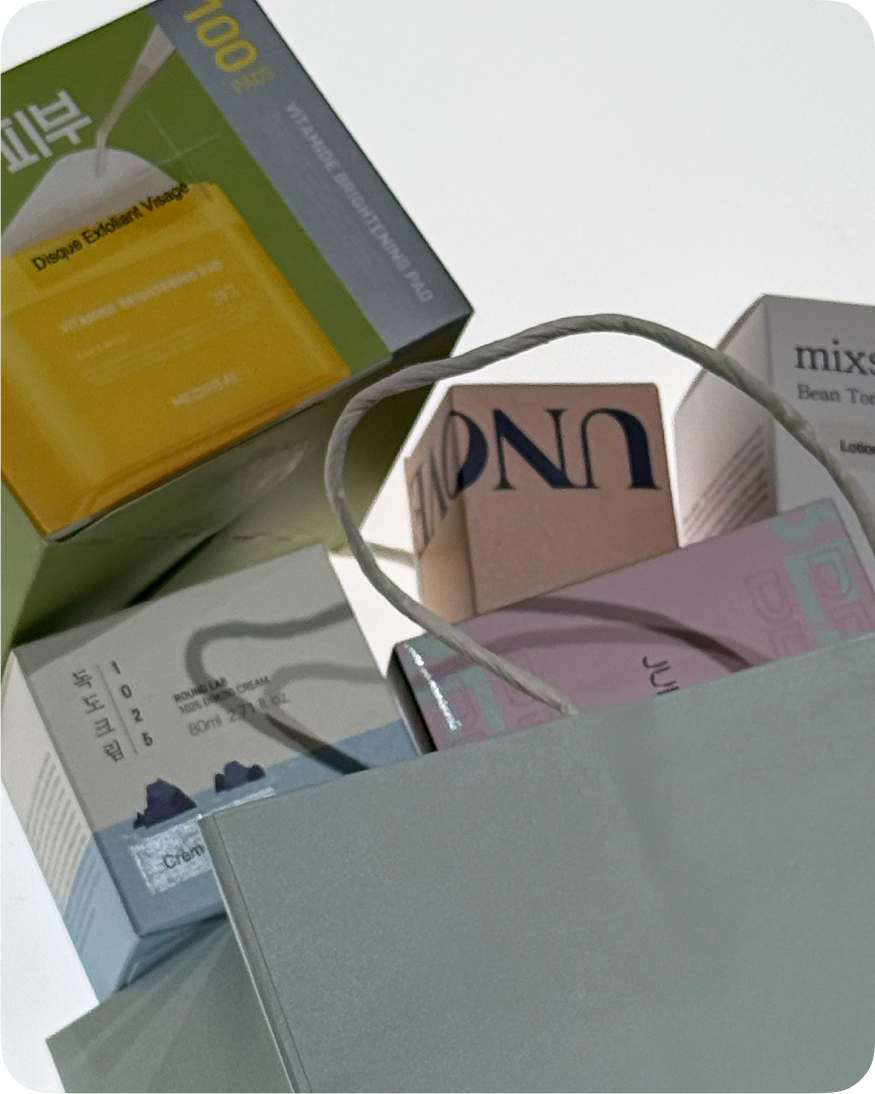
We Asked a Dermatologist the Hard Questions About K-Beauty—Here’s What She Said
K-Beauty is a global phenomenon, but it's also constantly evolving- expanding from cute packaging and cushion compacts to include exosomes, jelly masks, toner pads, and ingredient innovation that rivals prescription skincare.
At Rennaï, we love K-Beauty for its sense of ritual, softness, and science - but even the most seasoned skincare lover has questions. So, we turned to Dr. Leila Cattelan a board-certified dermatologist to help us break down the buzzwords and separate hype from skin health.
Here’s what she had to say.
What exactly is the “glass skin” goal, and how should someone tailor their skincare routine to realistically achieve it? “Glass skin” refers to a smooth, luminous, ultra-hydrated complexion with a near-translucent glow. Online, this is often the product of good lighting and beauty filters, but here are some realistic tips to help you get the look, through a well-hydrated, balanced, skin barrier. Think gentle cleansing, layering humectants like hyaluronic acid, sealing with ceramides, and protecting daily with sunscreen. Boost radiance with niacinamide or vitamin C, and support skin turnover with retinoids or AHAs (but go slow). A tinted glowy sunscreen can add that lit-from-within finish."
Which Korean sunscreens are truly effective, and how do their filters differ from Western versions? Korean sunscreens are often praised for using next-generation filters like Tinosorb S and Uvinul A Plus - filters that are more photostable, have broader coverage against both UVA and UVB, and feel lightweight on skin. These aren’t yet approved in the U.S. and some only recently in Canada. That’s why some Korean sunscreens sold here may have modified formulas. Always check for SPF 30+ and PA++++ on the label - the gold standard for full-spectrum protection against both UVB and UVA.
Snail mucin and fermented ingredients remain popular—what makes them beneficial, and who should avoid them? Snail mucin hydrates, calms inflammation, and supports barrier repair - making it ideal for dry or irritated skin. Fermentation, on the other hand, involves breaking down plant extracts such as ginseng, aloe, or kelp into their smaller forms to enhance their absorption. There are early studies suggesting that these may brighten skin tone, increase hydration, and improve fine lines. These ingredients can be effective to incorporate, but those with sensitive or allergy-prone skin should patch test products on their arm first as a precaution.
4. What are jelly-based products, and what skin types benefit from these textures?
Jelly skincare products are lightweight, gel-like moisturizers rich in water-binding ingredients like hyaluronic acid. They absorb fast, leave very little residue, and are great for those with oily or combination skin or those in hot, humid climates. Just keep in mind: they hydrate, but don’t effectively seal in moisture, so you may need a richer cream on top if you have dry skin.
5. Korean toner pads vs. traditional toners: what’s the difference?
Traditional toners are often watery and alcohol-based and need to be applied to a cotton pad. Korean toner pads come pre-soaked, dual-textured, and packed with gentler ingredients. One side exfoliates, the other hydrates, with increased focus on barrier support rather that oil control. They’re convenient, gentle, and formulated to multitask.
6. Which trending K-Beauty ingredients—like exosomes, PDRN, or mushroom essences—have clinical support?
Exosomes are tiny vesicles secreted by cells that help with cell-to-cell communication, and that can be derived from both animals and plants. Polydeoxyribonucleotides (PDRN), are DNA fragments often derived from salmon. Studies suggest that these two products show potential in boosting collagen synthesis, reducing inflammation and supporting skin regeneration. Mushroom extracts can offer antioxidant and hydrating benefits, and some species may help target issues such as pigmentation.
While these are promising, they aren’t yet Health Canada-approved for aesthetic medical use, and more large-scale studies are needed in order to make definitive claims. Still, for those seeking innovative, skin-barrier friendly skincare options, these can be worthwhile additions.
7. How should men adapt K-Beauty routines to suit male skin?
Men’s skin is thicker and produces more sebum, which can manifest as oilier skin, larger pores, and more acne. Stick to lightweight cleansers, jelly or gel moisturizers, and targeted serums for oil control and acne. Korean sunscreens are a great fit – they are generally lightweight, non-greasy, and easier to apply over facial hair.
Final Thoughts from Dr. Cattelan
There’s no doubt that K-Beauty continues to push innovation forward, and it’s exciting to discover all these new products! That said, I always encourage patients to build the base of their routines on a foundation of well-studied, evidence-based ingredients - like vitamin C, retinoids, and sunscreen - that have stood the test of time in terms of clinical data and efficacy.
It’s completely fine to explore trending products but try to introduce only one new product at a time and give it at least a few weeks before adding anything else. That way, you can really assess how your skin is responding, avoid unnecessary irritation or barrier disruption, and make informed choices about what’s actually working for you.
*
